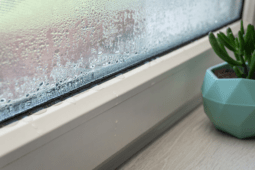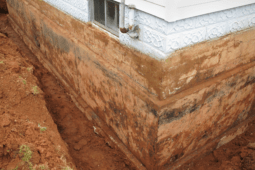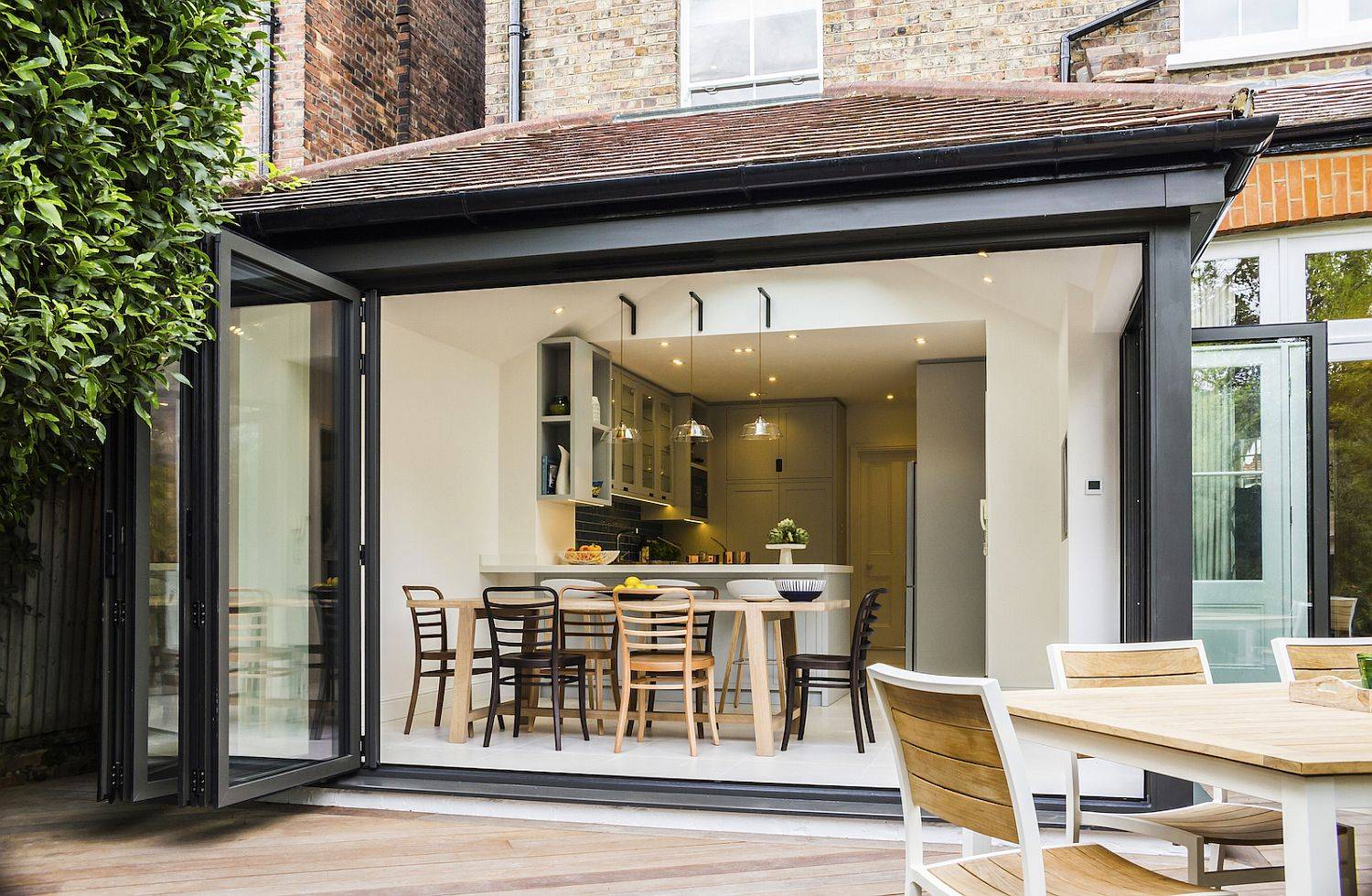Planer vs Jointer: Main Differences and Uses
When it comes to woodworking, there are a variety of tools that are essential for creating high-quality pieces. Two of the most important tools in any woodworker’s arsenal are the planer and the jointer. While they might look similar at first glance, these two tools serve different purposes in the woodworking process. You won’t have to wonder any longer about which to use as we’ll explore the differences between planers and jointers and when you should use each tool.
What Are Planers and Jointers?
First, let’s take a look at what a planer is. A planer is a woodworking tool that is used to smooth and level the surface of a piece of lumber. Planers work by removing a thin layer of material from the surface of the wood with a rotating cutter head.

This process not only smooths out any imperfections in the wood but also ensures that the surface of the wood is flat and even. Planers are an essential tool for any woodworker who wants to create furniture or other pieces that have a smooth, even finish.
On the other hand, a jointer is a woodworking tool that is used to create a flat, straight edge on a piece of lumber. Jointers work by using a rotating cutter head to remove a thin layer of material from the edge of the wood.
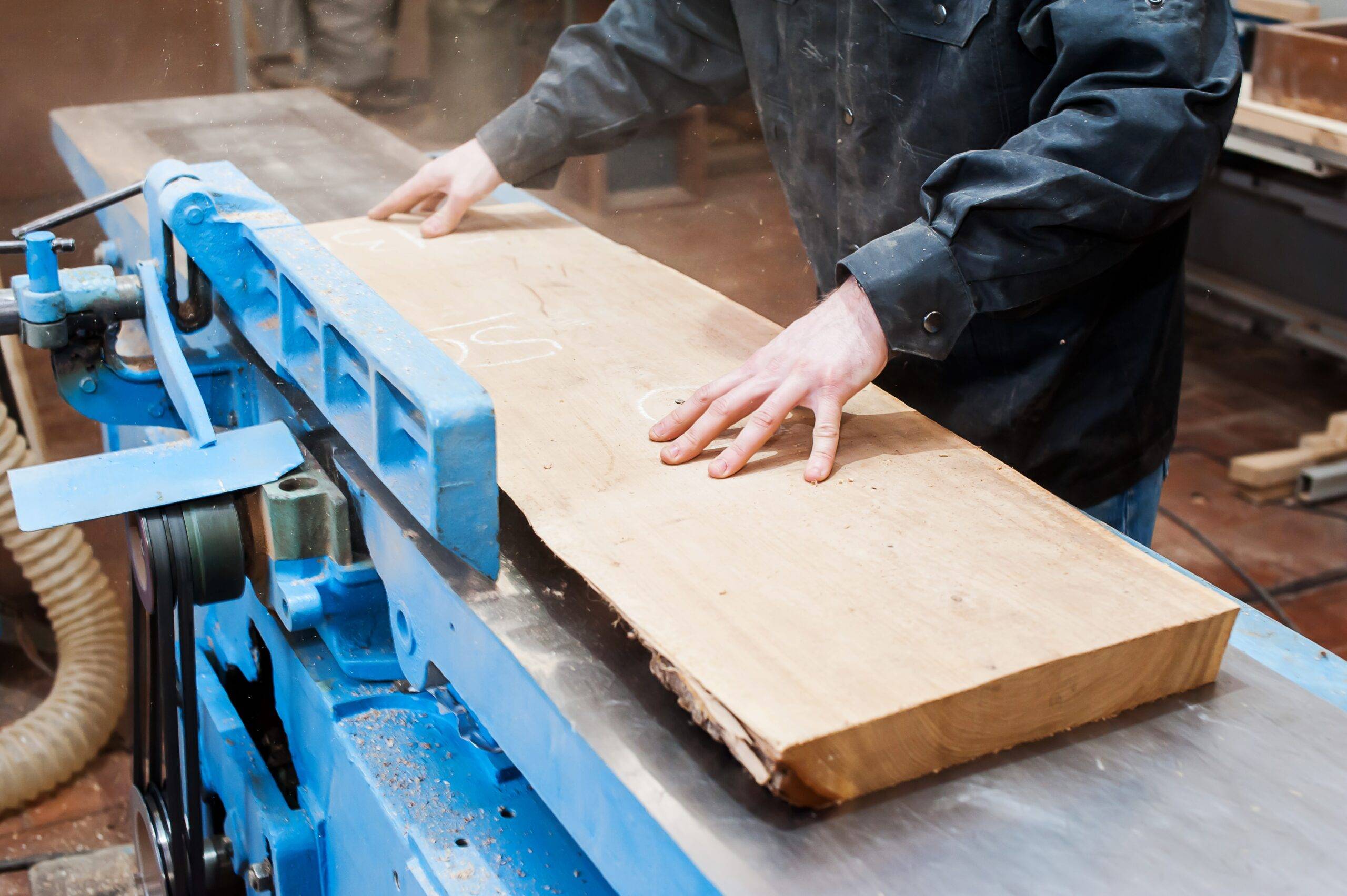
This process creates a straight, even edge that is essential for creating strong, durable joints in woodworking projects. Jointers are also used to create perfectly flat surfaces on pieces of lumber that will be joined together to create larger pieces of furniture or other woodworking projects.
When and How to Use Them
So, now that we know what planers and jointers are, when should you use each tool? The answer to this question depends on the specific woodworking project you are working on.
If you are working with rough lumber that has not been planed or surfaced, you will need to use a planer to smooth out the surface of the wood before you can use a jointer to create a straight, even edge.
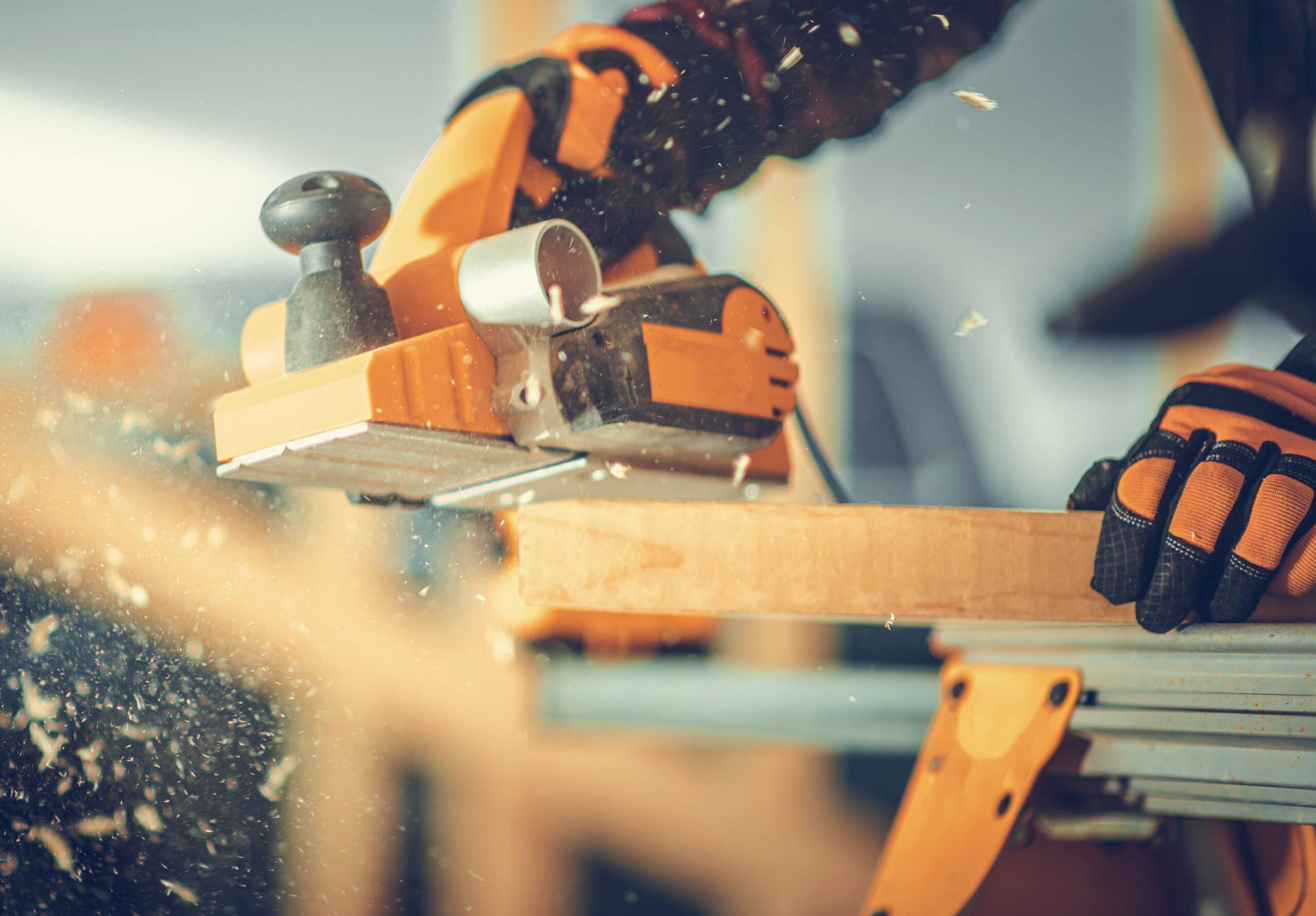
Once you have a flat, even surface to work with, you can then use the jointer to create the straight edges that you need for your project.
However, if you are working with pre-surfaced lumber that has already been planed, you may not need to use a planer at all. In this case, you can go straight to using the jointer to create the straight edges that you need for your project.
Differences and Considerations
If you are working on a project that requires both planing and jointing, it is important to use these tools in the correct order. Always start with the planer to smooth out the surface of the wood, and then move on to the jointer to create the straight edges that you need.
In addition to the differences in their functions, planers and jointers also differ in their size and cost. Jointers are typically larger and more expensive than planers, as you can find power planers that don’t require a table-style frame. Planers, on the other hand, are smaller and less expensive, but you can also find larger planers that smoothen the entire face of a wooden board.
Planers and jointers are both essential tools for any woodworker who wants to create high-quality furniture and other pieces. While they may look similar at first glance, these two tools serve different purposes in the woodworking process. Planers are used to smooth and level the surface of the wood, while jointers are used to create straight, even edges.
By understanding the differences between planers and jointers, as well as when to use each tool, you can create beautiful, high-quality woodworking projects that will last for years to come.



